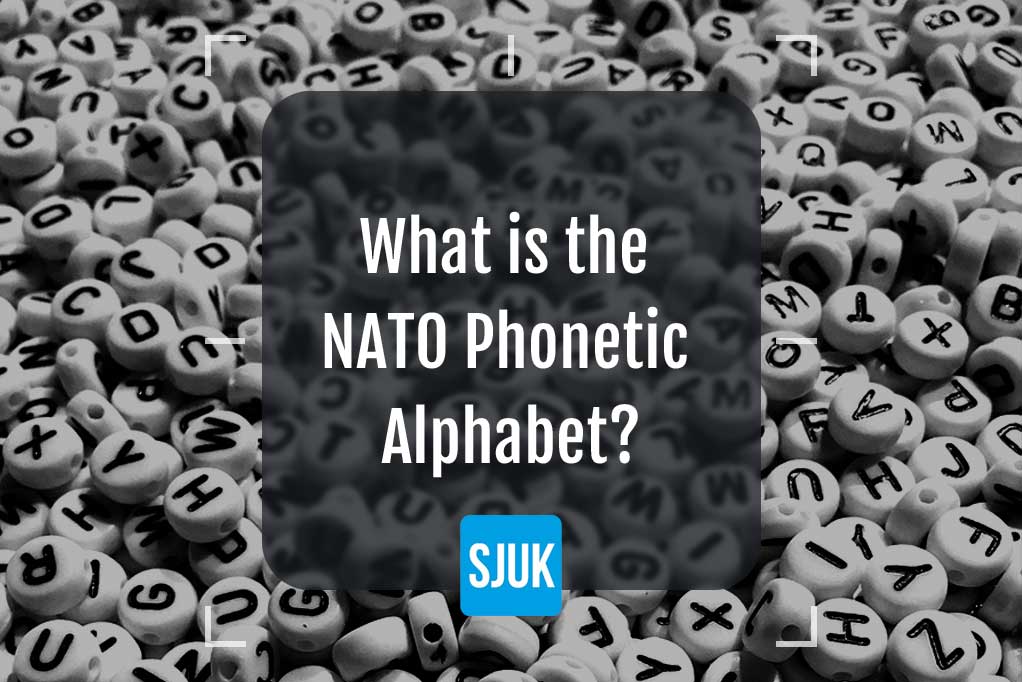
In communication, where precision is paramount and clarity is needed, the NATO Phonetic Alphabet is a vital tool.
This meticulously designed system of phonetic substitutions for letters stands as a universal language in diverse sectors, transcending boundaries and ensuring that the message is heard and understood with absolute precision.
From disciplined military operations, where split-second decisions hinge on accurate transmission, to the high-altitude domain of aviation, where clarity is a lifeline, this alphabet is an indispensable tool.
In this article, we delve into the origins, significance, and far-reaching impact of the NATO Phonetic Alphabet.
Table of Contents
Toggle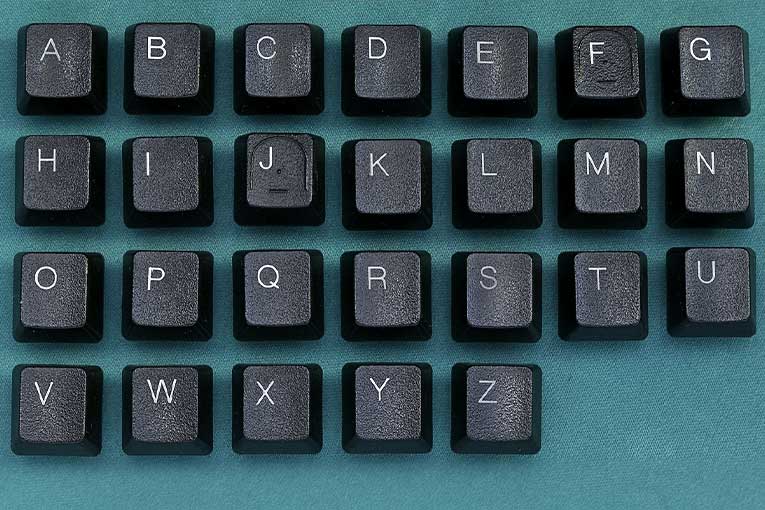
The NATO Phonetic Alphabet is a standardised set of phonetic pronunciations assigned to each letter of the English alphabet.
Developed to ensure clear and unambiguous communication, it is widely used in various sectors such as military operations, aviation, maritime communication, and emergency services.
Here’s the NATO Phonetic Alphabet with corresponding phonetic pronunciations:

The NATO Phonetic Alphabet is used to enhance communication clarity, particularly in situations where accurate and immediate understanding is critical.
Here are several reasons why this phonetic alphabet is widely adopted:
The standard English alphabet contains letters that sound similar, making it prone to misunderstandings, especially in noisy or chaotic environments.
The NATO Phonetic Alphabet assigns unique and distinct words to each letter, minimising the risk of confusion.
In fields such as aviation, military operations, and emergency services, accurate spelling of words and codes is crucial.
The NATO Phonetic Alphabet ensures precision in spelling, reducing the likelihood of errors that could have serious consequences.
The NATO Phonetic Alphabet provides a globally recognized and standardised system.
This is particularly important in international operations where personnel from different linguistic backgrounds need to communicate seamlessly.
In multinational or multilingual settings, using a standardised phonetic alphabet bridges language gaps.
It allows individuals who may not share a common language to communicate effectively using a universally understood set of phonetic pronunciations.
In radio transmissions, the quality of the signal can vary, leading to potential distortions in speech.
The NATO Phonetic Alphabet’s use of distinct words for each letter improves the chances of accurately transmitting information over radio frequencies.
During emergency situations, clear and unambiguous communication is paramount.
Emergency responders, law enforcement, and medical personnel utilise the NATO Phonetic Alphabet to convey information accurately and swiftly in high-stress scenarios.
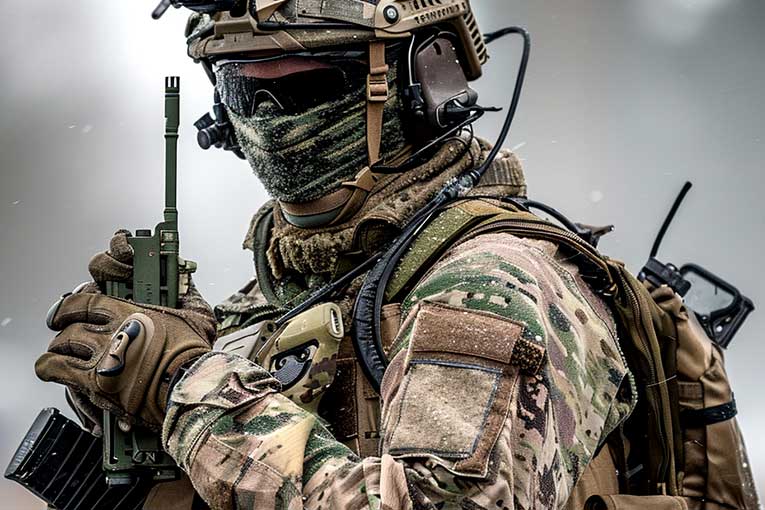
The NATO Phonetic Alphabet finds extensive application in diverse fields where precise and unambiguous communication is crucial.
Some prominent areas where this phonetic alphabet is commonly used include:
The NATO Phonetic Alphabet originated from its use in military contexts, and it continues to be an integral part of military communication worldwide.
It is employed during tactical operations, coordination between units, and radio transmissions on the battlefield.
In the aviation industry, pilots, air traffic controllers, and ground crew use the NATO Phonetic Alphabet to communicate over radio frequencies.
This is vital for ensuring accurate transmission of information related to flight plans, coordinates, and aircraft identification.
Maritime professionals, including sailors, ship captains, and coast guards, utilise the NATO Phonetic Alphabet for effective communication at sea.
It enhances clarity in radio communications and minimises the risk of misinterpretations, especially in challenging maritime conditions.
First responders, including police, fire, and medical personnel, rely on the NATO Phonetic Alphabet in emergency situations.
When communicating critical information over radio or telephone, the use of standardised phonetic pronunciations helps prevent confusion and ensures swift response.
The NATO Phonetic Alphabet is employed in telecommunications, particularly in customer service and call centres.
It assists in spelling out names, addresses, or other information accurately, especially when dealing with diverse and international clientele.
Organisations involved in search and rescue missions, both on land and at sea, use the NATO Phonetic Alphabet to communicate effectively during critical operations.
Clarity in communication is essential to coordinate efforts and locate individuals in distress.
Police officers and law enforcement agencies incorporate the NATO Phonetic Alphabet in their communication protocols.
This is particularly important during radio transmissions, ensuring that information about suspects, locations, or incidents is conveyed clearly and comprehensively.
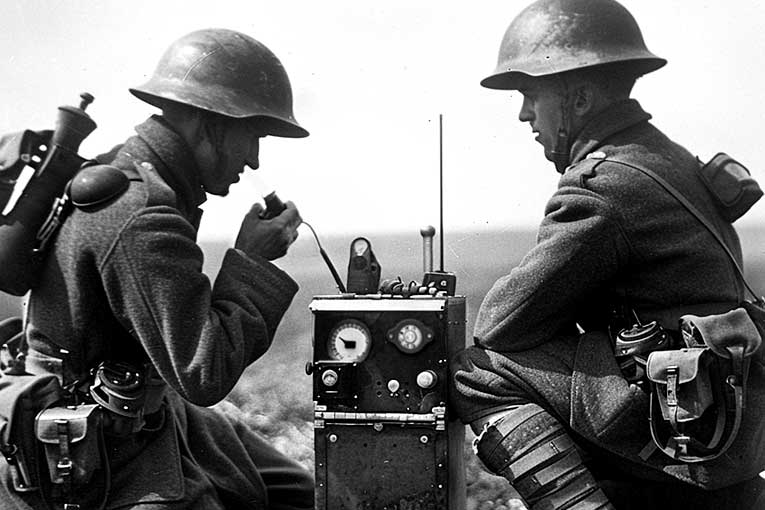
The history of the NATO Phonetic Alphabet can be traced back to the early 20th century when the need for a standardised phonetic alphabet for military communication became apparent.
Several versions were developed over the years, leading to the establishment of the NATO Phonetic Alphabet as we know it today.
The use of radio communication during World War I highlighted the challenges of conveying letters and numbers clearly and accurately.
Different nations had their own phonetic alphabets, but the lack of standardisation created confusion, especially in multinational operations.
As military operations expanded globally in World War II, the Allies recognized the need for a common phonetic alphabet.
The United States and the United Kingdom each had their own versions, but they were not consistent.
In 1941, the U.S. military introduced the Joint Army/Navy Phonetic Alphabet, which included words like Able, Baker, and Charlie.
After World War II, the International Civil Aviation Organization (ICAO) adopted a version of the phonetic alphabet for civil aviation.
This alphabet includes words like Alfa, Bravo, and Charlie and became known as the ICAO Radiotelephony Spelling Alphabet. It aimed to standardise communication in the rapidly growing aviation industry.
In 1956, NATO adopted a modified version of the ICAO Radiotelephony Spelling Alphabet to ensure uniformity across all member countries.
This became known as the NATO Phonetic Alphabet and included words like Alpha, Bravo, and Charlie.
The NATO version aimed to improve interoperability among NATO member nations, facilitating communication in joint military operations.
The NATO Phonetic Alphabet underwent further refinement over the years, with adjustments made to improve clarity and reduce the potential for misunderstandings.
The current version, established in the late 20th century, is widely recognized and used not only in military contexts but also in various civilian sectors.
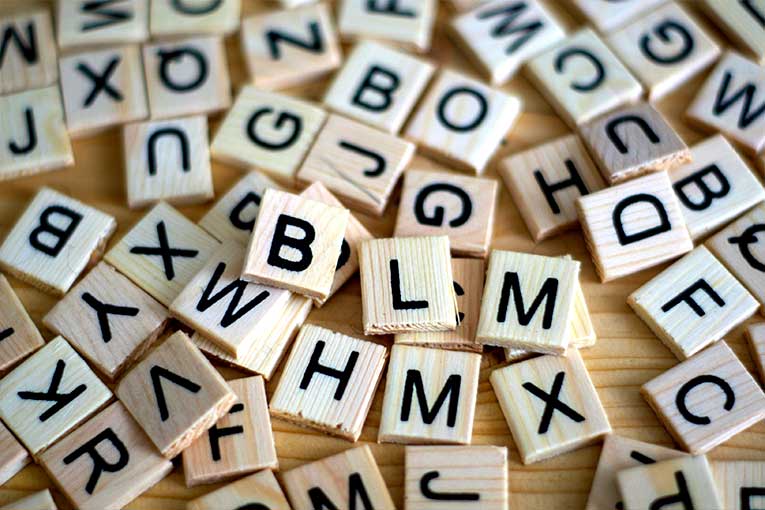
The NATO Phonetic Alphabet is known by various names across different contexts.
Here are some alternative names for the NATO Phonetic Alphabet:
This name is used because the International Civil Aviation Organization (ICAO) played a significant role in the standardisation of the phonetic alphabet for civil aviation purposes.
Given its widespread use in aviation, especially in radio communication between pilots and air traffic controllers, the NATO Phonetic Alphabet is sometimes referred to as the Aviation Phonetic Alphabet.
The NATO Phonetic Alphabet is a standard in military communication, leading to its association with military operations worldwide.
Hence, it is commonly called the Military Phonetic Alphabet.
This name emphasises its origin and primary purpose in facilitating clear and precise communication in radiotelephony, especially in situations where spelling out words is essential.
In a broader sense, the NATO Phonetic Alphabet is often referred to simply as the Spelling Alphabet, highlighting its role in conveying letters unambiguously through spoken words.
The NATO Phonetic Alphabet is sometimes colloquially called an “alphabet code” due to its use as a code for clear and standardised pronunciation of letters.
This name underscores its function as a systematic approach to phonetic spelling, ensuring uniformity and accuracy in verbal communication.
The NATO Phonetic Alphabet is occasionally referred to by the names of its first three letters – Alpha, Bravo, and Charlie – as a shorthand way of identifying it.
The police alphabet is another name of the NATO Phonetic Alphabet, which points again to its use by police and other law enforcement agencies to improve radio communication.
The British alphabet phonetics is another name for the NATO Phonetic Alphabet.
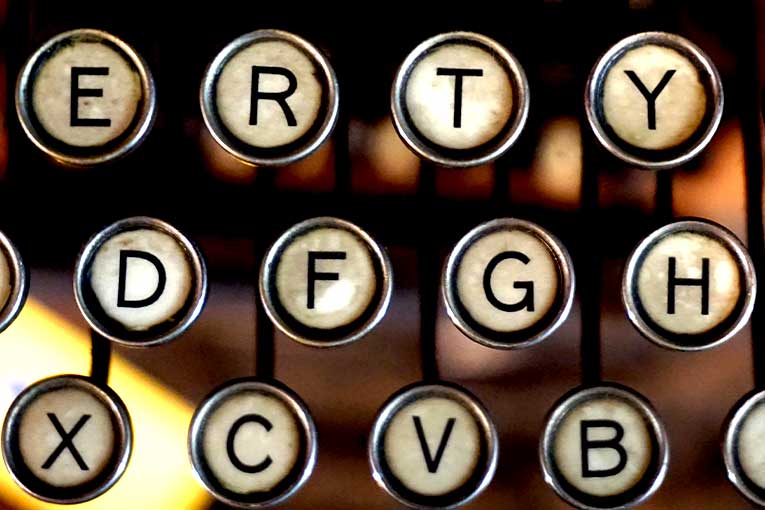
An alternative to the NATO Phonetic Alphabet is DX phonics, widely used in ham radio and amateur radio communications.
In DX phonics, each letter is represented by a word, aiding communication clarity.
Like the NATO Phonetic Alphabet, This system ensures accurate transmission, especially in conditions where ambient noise or interference might hinder communication.
While not as universally adopted as the NATO Phonetic Alphabet, DX phonics serves as an effective alternative in specific communication domains, providing an alternative set of standardised phonetic substitutions for letters.
The NATO Phonetic Alphabet serves as an invaluable linguistic tool, seamlessly connecting individuals across diverse fields and ensuring effective communication.
Its rich history, widespread adoption, and indispensable role in aviation, military operations, emergency services, and other critical domains underscore its enduring significance.
This system not only enhances clarity but also exemplifies the power of linguistic precision in fostering seamless understanding on a global scale.